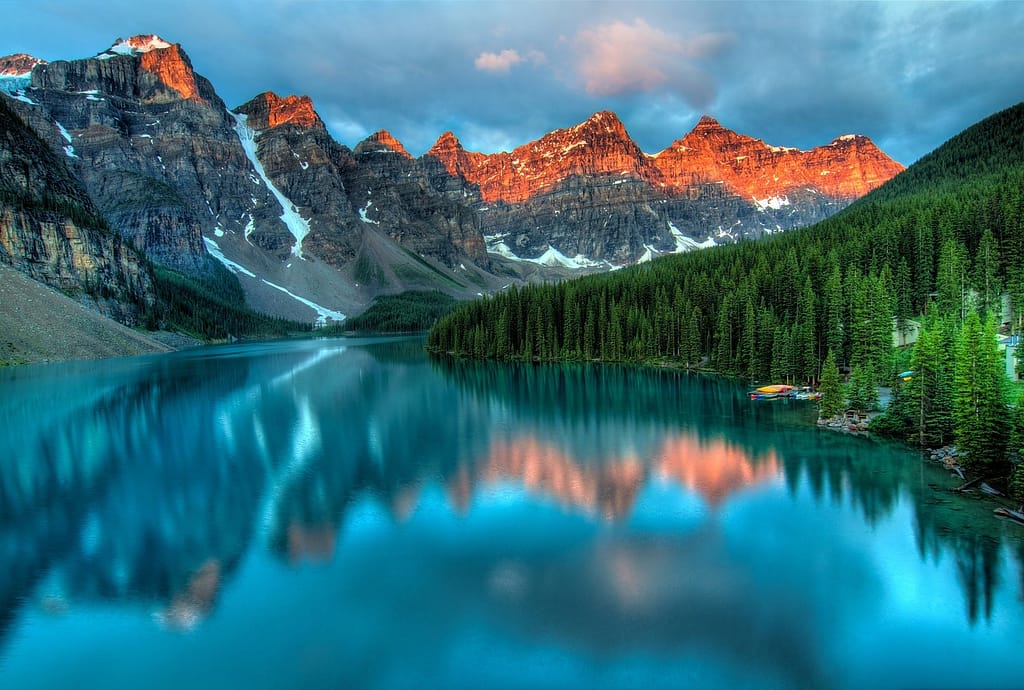Clean drinking water is essential for good health, but with so many options available, it can be difficult to determine which is best for your family. The debate over spring water versus purified water is common, with each having its own set of benefits and drawbacks. This article aims to provide you with comprehensive information so that you can make an informed decision about your family’s hydration needs.
Understanding Spring Water
Definition and Sources
Spring water comes from natural underground sources and rises to the surface, where it is collected and bottled. Unlike tap water, spring water does not go through extensive treatment processes. It is sourced from specific locations renowned for their natural purity and mineral content.
Natural Filtration Process
One of the primary advantages of spring water is the natural filtration process. As water travels through layers of soil and rock, it absorbs minerals such as calcium, magnesium, and potassium, which can be beneficial to health. This natural filtration also aids in the removal of impurities, making spring water a safe and refreshing choice.
Quality and Safety Standards
Spring water must meet stringent regulatory requirements to ensure its safety and quality. In the United States, for example, the FDA regulates bottled spring water, requiring that it be collected from the source and free of contaminants. Certifications such as NSF International and IBWA (International Bottled Water Association) reassure consumers about the water’s quality. However, natural sources can occasionally be contaminated by environmental pollutants, necessitating regular testing and adherence to safety standards.

Understanding Purified Water
Definition and Sources
Purified water, on the other hand, can be derived from any source, including tap water, groundwater, or even spring water. The primary feature of purified water is that it has undergone a rigorous purification process to eliminate contaminants and impurities.
Purification Processes
There are several ways to purify water, each with its own advantages:
- Distillation involves boiling water to produce steam, leaving contaminants behind, and then condensing the steam back into water.
- Reverse osmosis involves forcing water through a semi-permeable membrane to remove impurities.
- Deionization removes mineral ions from water.
These methods effectively remove contaminants such as bacteria, viruses, and chemicals, leaving purified water extremely clean.
Quality and Safety Standards
Purified water must also meet stringent quality and safety requirements. It is frequently subjected to more stringent testing and treatment than spring water, making it a safe choice for those concerned about potential contaminants. Certifications from NSF International and the Water Quality Association (WQA) provide additional assurance that the water is safe.
Health Considerations
Mineral Content and Health Benefits
One of the primary distinctions between spring water and purified water is mineral content. Spring water contains natural minerals that can benefit your health by increasing your daily intake of essential nutrients such as calcium and magnesium. These minerals can improve bone health, muscle function, and overall well-being.
Purified water, however, frequently lacks these beneficial minerals because the purification process removes almost all impurities, including minerals. Some manufacturers add minerals back into purified water to improve its taste and health benefits, but they are usually not as naturally occurring as those found in spring water.
Contaminants and Health Risks
While spring water is generally safe, it may contain natural contaminants such as bacteria, algae, and other microorganisms if not properly sourced and tested. Purified water, on the other hand, is thoroughly treated to remove such contaminants, making it a safer choice for those concerned about potential impurities.
Case studies of contamination incidents emphasize the importance of frequent testing and strict adherence to safety standards for both types of water. For example, improper bottling practices or contamination of the source can pose health risks, emphasizing the importance of dependable brands and quality control.
Bottling and Transportation
The environmental impact of bottled water is a major concern. The production and transportation of bottled water, whether spring or purified, adds to carbon emissions. Spring water is frequently transported from remote locations, which has a greater environmental impact than purified water, which can be produced locally.
Sustainability of Sources
Sustainability is another critical consideration. Over-extraction of natural spring sources can cause depletion and environmental degradation. It is critical to select brands that value sustainable sourcing practices. Purified water, depending on its source, can be more sustainable, particularly when local water is purified, which reduces transportation emissions.
Waste Management
Plastic waste from bottled water is a major environmental concern. While recycling can help to mitigate some of this impact, recycling rates remain low, with many bottles ending up in landfills or the ocean. Refillable bottles and home water purification systems are excellent options for reducing waste and environmental impact.

Cost Analysis
Production Costs
The cost of producing spring and purified water can vary greatly. Spring water production entails sourcing, bottling, and transporting from natural springs, which can be more expensive due to their specific locations and the need to maintain natural purity.
The costs of producing purified water vary depending on the methods used. While methods such as reverse osmosis and distillation can be costly due to the technology and energy required, they can be more cost-effective in the long run when using local resources.
Market prices for bottled water also vary, with spring water often being more expensive due to its perceived natural benefits and the cost of sourcing and transportation. Purified water, while also available at various price points, is often more affordable, especially when purchased in bulk or produced at home using purification systems.
Cost to Consumers
For consumers, cost considerations include both short-term and long-term expenses. While bottled spring water may be regarded as a premium product worth the extra cost, purified water, particularly when produced at home, can be a more cost-effective option in the long term. Value-for-money analysis should take into account health benefits, environmental impact, and personal preferences.
Taste and Consumer Preferences
Taste Differences
It is an important consideration for many consumers. The natural minerals in spring water can enhance its flavor, giving it a refreshing and occasionally slightly sweet taste. Purified water, which is almost entirely free of impurities, has a very clean but occasionally flat taste. Some brands of purified water reintroduce minerals to improve the taste.
Brand Perception
Marketing strategies play an important role in consumer perception. Spring water brands frequently emphasize their natural sources and health benefits, whereas purified water brands focus on advanced purification processes and safety. Brand loyalty and perception have a significant impact on consumer choices.
Consumer Trends
Current trends indicate an increasing preference for natural and sustainable products. Consumers are becoming more aware of the environmental impact of their purchases and are looking for eco-friendly alternatives. The health and wellness trend also influences preferences, with many people opting for water with added health benefits from natural minerals.

Making the Right Choice for Your Family
Assessing Your Family’s Needs
When deciding between spring water and purified water, consider your family’s specific needs. Consider health needs, taste preferences, environmental impact, and cost. Families with specific health concerns or sensitivities may prefer the safety and consistency of purified water, whereas those seeking natural benefits may choose spring water.
Practical Tips
To make the best choice:
- Read Labels: Ensure you understand what you’re buying. Look for certifications and quality assurances.
- Test Taste: If possible, conduct taste tests with your family to see which type of water they prefer.
- Consider Environment: Choose brands that prioritize sustainability and consider using refillable bottles to reduce waste.
- Health Needs: Consult with a healthcare provider if you have specific health concerns that might be impacted by the type of water you consume.
Conclusion
Spring water and purified water have distinct advantages and disadvantages. Spring water contains natural minerals and has a refreshing taste, but there are concerns about its sustainability and contamination. Purified water offers consistent safety and quality at a lower cost, but it may lack the natural minerals found in spring water. You can make the best decision for your family’s lifestyle by taking into account their health needs, environmental impact, and budget.
References
- “Bottled Water Everywhere: Keeping it Safe,” U.S. Food and Drug Administration (FDA).
- “Understanding the Benefits of Minerals in Water,” International Bottled Water Association (IBWA).
- “Water Quality and Purification Methods,” Water Quality Association (WQA).
- “Environmental Impact of Bottled Water,” World Wildlife Fund (WWF).
- “Comparing the Taste and Health Benefits of Different Types of Bottled Water,” National Sanitation Foundation (NSF) International.




